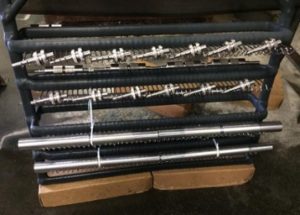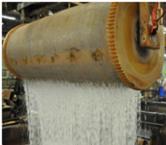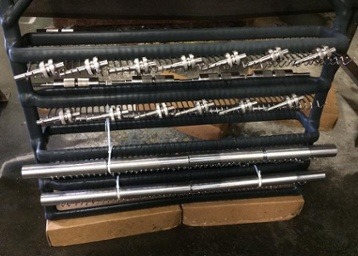At Stat Processing Inc. we provide opportunities for both rack plating and barrel plating. The type and size of the part you have will determine which plating process works best for your part.
Rack Plating – a process that is ideal for large, complex or fragile parts that could be easily scratched or damaged. In this process, parts are hung on a rack and immersed in the plating solution. Metal hooks are used to hold the parts in place as well as provide any necessary electrical contact.

Barrel Plating – a process that is ideal for smaller and more robust parts. The parts are placed in a barrel that rotates slowly while being immersed in the plating solution. Center bars (or danglers) are located inside the barrel to provide any necessary electrical contact. Barrel plating is ideal as a cost effective, repeatable and consistent loose piece process. Ideal barrel plated parts, due to the nature of the rotating barrel, will be ones that are not affected by the rotation.

You also have a choice in plating material – Electroless Nickel, Electrolytic Bright Nickel or Acid Tin.
Electroless nickel is an alloy of nickel and phosphorus that creates a plated deposit that is harder than bright nickel and offers greater resistance to corrosion. The plating process used for Electroless nickel plating does not rely on electrical current; therefore it provides an extremely uniform deposit thickness on all surfaces of the plated part.
Electrolytic bright nickel is primarily used for its decorative value, as it offers a smooth and shiny finish. Electrolytic nickel plating is somewhat less ductile than Electroless nickel.
Acid Tin provides a softer surface coating than nickel. It is used primarily on copper parts and will maintain the high conductivity of the copper part while offering surface protection from corrosion. Acid tin plating is also a less expensive alternative than Silver plating for brass parts that are used in an electrical fixture to improve conductivity.


Recent Comments